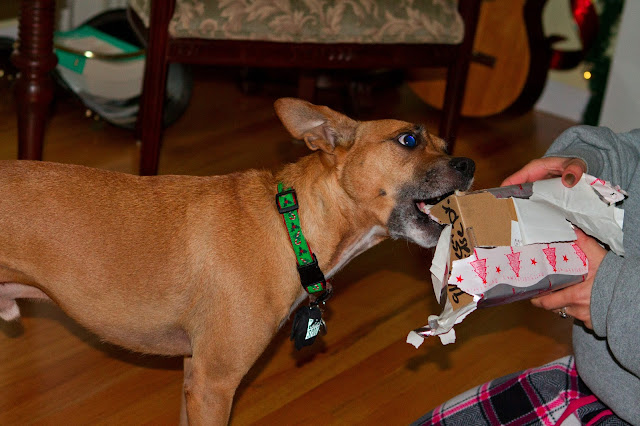Yeah, why should they get food for free if you can make their brains work for it?? Also, free food in a bowl is also boring for your dog and makes them a bit lazy. Make them work for it so that they can be better behaved and understand that food does not come free and that they actually have to be good dogs in order to receive any food rewards.
For dogs in training, I generally like to use their kibble instead of treats because they are going to have kibble anyways, why not put it to work? Also, training requires ALOT of food, and giving a lot of treats is not healthy since they are high in calories, and low in nutrition. Yes, even the "healthy holistic" treats can be fattening and not cost effective.
Dogs who free feed (ie. there's always food in the bowl) usually do not like to receive kibble as a reward. This can be corrected by taking away food from the bowl, and when they are hungry enough, they'll come begging for kibble. Don't starve them, but it usually takes 1-2 days until the dog figures out that their kibble only comes one by one from your hand instead of the usual food bowl. Note: you should following your veterinarian's instructions on how much to feed for growing puppies and pregnant dogs. But if you want to train puppies, you can take away the bowl while training them, and then put back the bowl when you are done with training.
Even if you do not have the time to train your dog with kibble, your dog should understand that kibble comes to those who earn it. That way, their brain is always working and thinking so that they aren't just sitting there waiting for food to be served. Mental stimulation is just as important as physical exercise! Here are some products that I use for my dog when I don't have time to train him and don't want him to eat from a bowl:
The Bob-a-lot Interactive Toy ($16 on Amazon) allows kibble to be put into the toy, and has two compartments where you control how much kibble falls out; one at the cap and one at the side of the toy. The dog tilts the toy and kibble falls out, but the toy rights itself in the upright position due to the nature of the heavy bottom. The dog has to figure out that food only comes out if he moves and tilts the toy.
Premier's Busy Buddy Kibble Nibble ($16 on Amazon) is another food dispensing toy in which you put food in the middle of the toy, the dog rolls it around, and food dispenses. It is similar to the Bob-a-lot but dispense a lot of food at once and does not give good control of how much food is dispensed.
The Kong toy ($8 on Amazon) is very popular as well. The Kong usually keeps a dog distracted or bored, but you can also you it to dispense their kibble. It's a rubber toy in which you put kibble and a little bit of peanut butter or wet food to maintain the kibble inside. Some people like to buy the Kong Stuff'n, which is liver, cheese, or peanut butter spread in a compressed canister that dispenses like whipped cream. One way to make kibble last in the kong is to plug the smaller end of the Kong with peanut butter, put the kibble inside, fill the Kong with water, and freeze it.
One other amazing toy design is by Nina Ottoson, who makes puzzle toys for dogs that need to get through certain milestones within the toy to get the food. In the video, the toy is called the Dog Worker ($50 on Amazon), which the dog needs to figure out that he needs to pick up the wood pegs or push them to the center of the piece to get to the treat. Very stimulating!
All these toys will teach the dog that not only is it fun to get food from a toy, but it also give them a challenge.

































